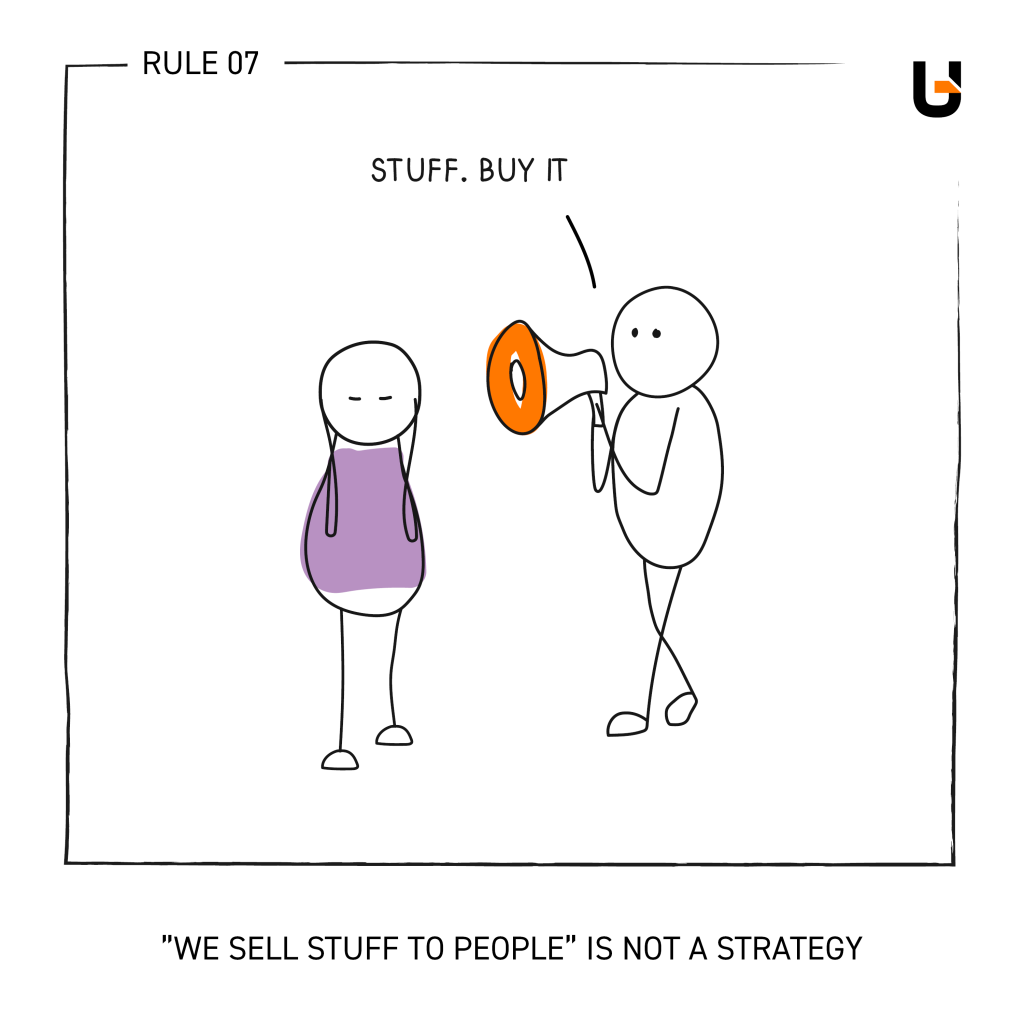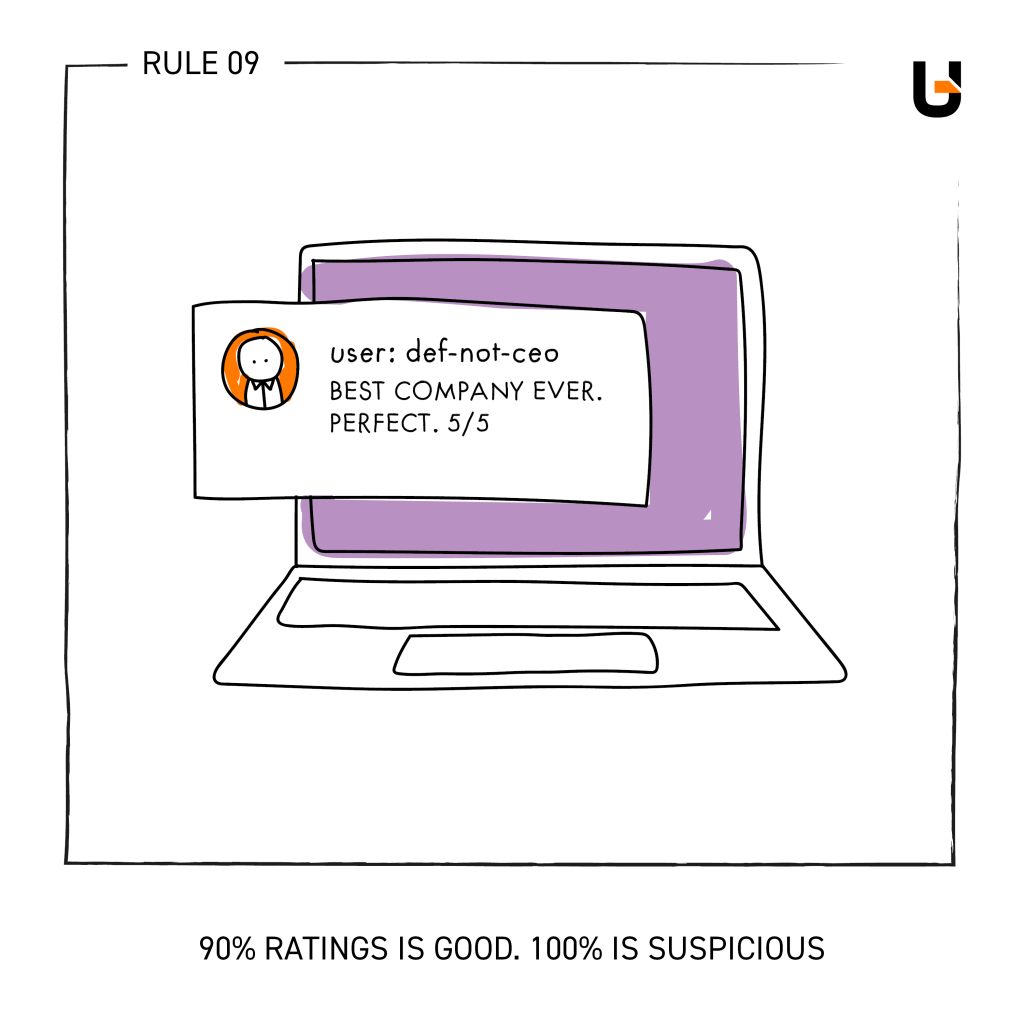Improving Consumer Trust in E‑Commerce
As the e-commerce sector continues to explode in scale and scope, customers are presented with more and more options. Price alone isn’t the only determinable factor here, as shoppers are looking for trust signals in their e-commerce stores.
Previously, we explored the growing need for greater price transparency in e-commerce, particularly in regards to special offers and promotional activities such as Black Friday. There, we noted that such offers weren’t the best in the last 6-12 months, but that’s just the tip of the iceberg when it comes to e-commerce trust issues.

Consumer trust for e-commerce is important for all stores, regardless of size. Customers look for e-commerce trust signals to ensure they make the right decisions.
What Are the Biggest E-Commerce Trust Issues?
Broadly speaking, we can separate e-commerce trust issues into 3 broad categories:
- Pricing. As discussed before, is the product the best offer? Can I trust it’s legitimate and without hidden costs?
- Security. Can I trust this store to protect my data, handle my money correctly and otherwise not impact my own personal security?
- Customer Service. Will the ordered products deliver on time? Will there be any logistical challenges? If so, how quickly will this company help me rectify any hurdles?
We’re separating them this way, because each also has some corresponding e-commerce trust signals to help.

Pricing
Naturally, most customers are looking for a good offer.
In the early days of the internet, it was common practice to lower the costs of products and recoup the money in large delivery fees. This was even a common tactic on early marketplaces such as eBay, as keeping the asking price low meant that individuals could ‘game the algorithm’ to their favor.
These days, that’s not possible, due to most marketplaces having more advanced filters and, let’s be honest, the decades of experience the general public has had to adapt. We also have access to advanced tools such as dynamic pricing, but here companies need to be careful. Adapting the price on the fly can of course be beneficial for both the business and its customers, but price gouging is not a nice feeling. If customers become actively aware of a high increase in prices, it can negatively impact the experience.
Security
Did you know that 18% of shoppers don’t trust websites with their credit card information? This naturally makes it hard to close a sale on many e-commerce platforms. Another 7% claim there were not enough relevant payment methods.
Most e-commerce stores know how to do marketing. They know how to get traffic and bring potential customers and products together. Consumer trust for e-commerce fails, however, when around 1 in 5 don’t want to give credit card information.
In fact, this is one reason (of many) behind the growth of marketplaces, especially in the smaller business market. Such smaller or independent merchants often face large trust issues over the internet, at least when it comes to their own e-commerce platforms. Marketplaces often overcome this, because if the marketplace itself is trusted (and has necessary support in place for buyers), then this puts the biggest security concerns at ease.
Here in Poland, for example, we have solutions such as Blik, which use two-factor authentication, is developed inline with most major banks, and gives people a great degree of trust. No card information enters the merchant’s system. Other options, like Apple Pay and Google Pay, could play similar roles here.
And as we suggested in our market predictions, cryptocurrency and blockchain technologies will become more and more commonplace. As trust improves, paired with the objective, decentralized reliability of blockchains (as they’re not controlled by the company), this may also open an additional payment avenue. But… who is brave enough to go first? 😉
Customer Service
Customer service is always an area where e-commerce needs to catch-up with instore experiences. When physically browsing, customers can inspect products, ask employees for help, and even purchase and return goods in relative ease. The experience is very adaptable as it’s driven by the customer themselves.
Online, they’re forced to use the tools that we choose; more than the underlying e-commerce platform, the wider customer service tools and logistical partners also influences the brand experience.
Research shows that 11% of shoppers don’t finish a purchase because the returns policy wasn’t good enough for them. This is especially true in certain industries, such as fashion, where return rates are often higher due to the nature of the products.
Another easy answer here is to implement greater social trust – that is, social indicators such as social media, where real customers share real experiences. For e-commerce social trust, this primarily comes down to reviews.

Specifically, there are two important criteria. The first is some form of third-party verification. It’s why review platforms such as trust pilot are popular. The other, is to ensure some that the reviews are authentic and genuine.
And let’s not forget that overall performance also impacts the customer experience. A slow website works like a very crowded store. It’s still functional, but many will be put off pretty quickly. In Europe alone, Stripe found that 21% of shoppers leave the checkout if the process takes longer than 60 seconds. Yet, between headless website development, composable commerce and other performance-leaning technologies, the only barrier to effective performance is the level of company investment and consideration. This is a known problem – and the market has many known solutions. They’re just not free 😉

How To Build E-Commerce Trust
So, to summarize, what can be done to improve the customer perception of your brand? Ultimately, it’s not about advertising but various interactions that happen along the path:
- Use Social Proof. Your name is in the mouth of others. People trust other people more than they trust faceless entities. Good reviews are an effective way to provide this, as long as it’s clear such reviews aren’t heavily edited 😉 Likewise, social media can also work well – especially if your product is something people are likely to share on Instagram.
- Disclose All Costs. The best way to improve trust is to be trustworthy. Now is not the time to hide costs further along the conversion process. That’s proven to drive key portions of your would-be sales away.
- Fix Performance. If you don’t invest in good, stable architecture and performance, what does that say about the payment process or delivery options? Poor performance or critical errors will be big red flags for many.
- Provide Alternative Payment Methods. Google Pay, Apple Pay, Blik, Crpytocurrency… the exact options will vary per market and audience, but they all have one thing in common. They avoid credit card details, are convenient for different groups and ultimately make them feel much safer when purchasing from your brand.







